In the September issue of the Midmonth Booknotes you’ll read about the latest in romance, women’s fiction and more, handpicked by John Charles of our staff.
 poisonedpeeps
poisonedpeeps
Midmonth BookNotes – August 2024
Click here to view the August issue of the Midmonth BookNotes
Midmonth BookNotes – June 2024
In the Midmonth BookNotes, you’ll read about the latest in romance, women’s fiction and much more, selected by John Charles.
Bookseller/Front Desk
We are currently looking for an experienced bookseller to join our team!
JOB REQUIREMENTS
• Understanding of the Poisoned Pen Bookstore’s (PPB) mission, history, expectations, inventory and events.
• Excellent and friendly service for every customer whether they be in the store, online or on the phone.
• Gain knowledge of our book and gift inventory, with the ability to make recommendations and up sell merchandise. A love of reading and the ability to provide written and verbal staff recommendations for books and store events.
• Must be comfortable working with computers and open to learning the BookManager point of sale system and any other systems required.
• Proficiency with social media and the various platforms/applications available with a desire to post and curate store specific media is a plus!
• Ability to cross-train for additional duties as required. Training will be provided.
• At least one weekend day is required of all frontline booksellers. *A flexible weekend schedule is required.
• Ability to lift a minimum of 50 pounds, go up and down stairs, use ladders and are able to stand on your feet for hours at a time.
• Must have reliable transportation and be punctual.
COMPENSATION
This is a part time position (20-30 hours weekly); compensation commensurate with experience starting at $15.00/hour.
LOCATION
41014 N. Goldwater Blvd. Suite 101, Scottsdale, Arizona 85251
HOW TO APPLY
Please send a cover letter and CV to sales@poisonedpen.com
ABOUT US
The Poisoned Pen Bookstore, founded in 1989 by Barbara G. Peters, is an independent bookstore specializing in fiction. Discover with us current and classic works of mystery, thrillers, historical and literary fiction, and literature of the American Southwest, much of it offered in Autographed First Editions and imports. Our Book Clubs bring exciting new work right to your door. Located in Old Town Scottsdale’s Art District, The Pen is celebrated for its schedule of author and literary events and its global outreach through webcasts and worldwide shipping.
